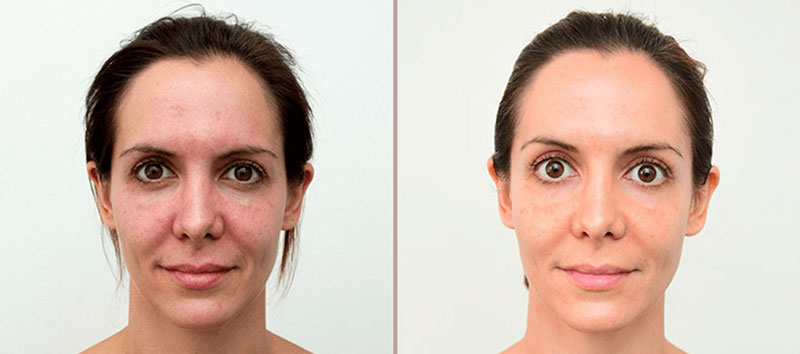Microdermabrasion is one of the more recent skincare techniques to have crossed over from Hollywood to the mainstream. It’s being advanced as an “instant facelift” — an effective alternative to costlier and more invasive procedures like plastic surgery, chemical peels and Botox injections. Recently, more and more people are trying it, instead of pursuing cosmetic surgery.
Microdermabrasion is a general term for the application of tiny rough grains to buff away the surface layer of skin. Many different products and treatments use this method, including medical procedures, salon treatments and creams and scrubs that you apply yourself at home. It’s usually done to the face, chest, neck, arms or hands. Before we can understand how microdermabrasion does what it does, it’s important to understand how skin works.
Your skin is made up of two main layers, the epidermis and the dermis. The epidermis is the layer closest to the outside world. It’s a set of dead skin cells on top of another layer of cells that are in the process of maturing. The topmost layer is called the stratum corneum. The stratum corneum mostly acts as a barrier between the outside world and the lower skin layers. It keeps all but the smallest molecules from getting through.
Microdermabrasion is typically used as a cosmetic procedure to treat wrinkles, sun-induced pigmentation (darkened skin), acne scarring, enlarged pores and ‘stretch marks’.


